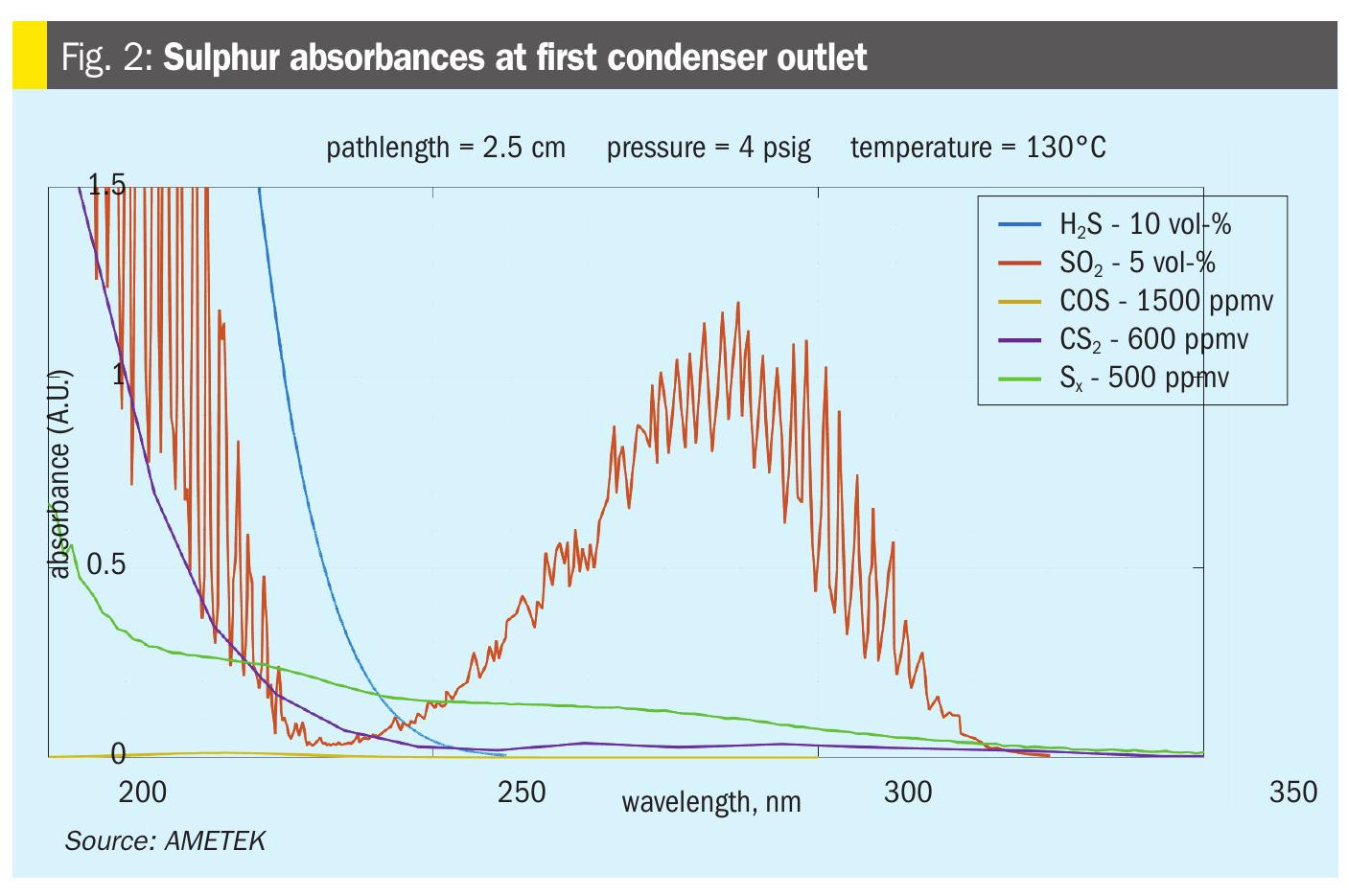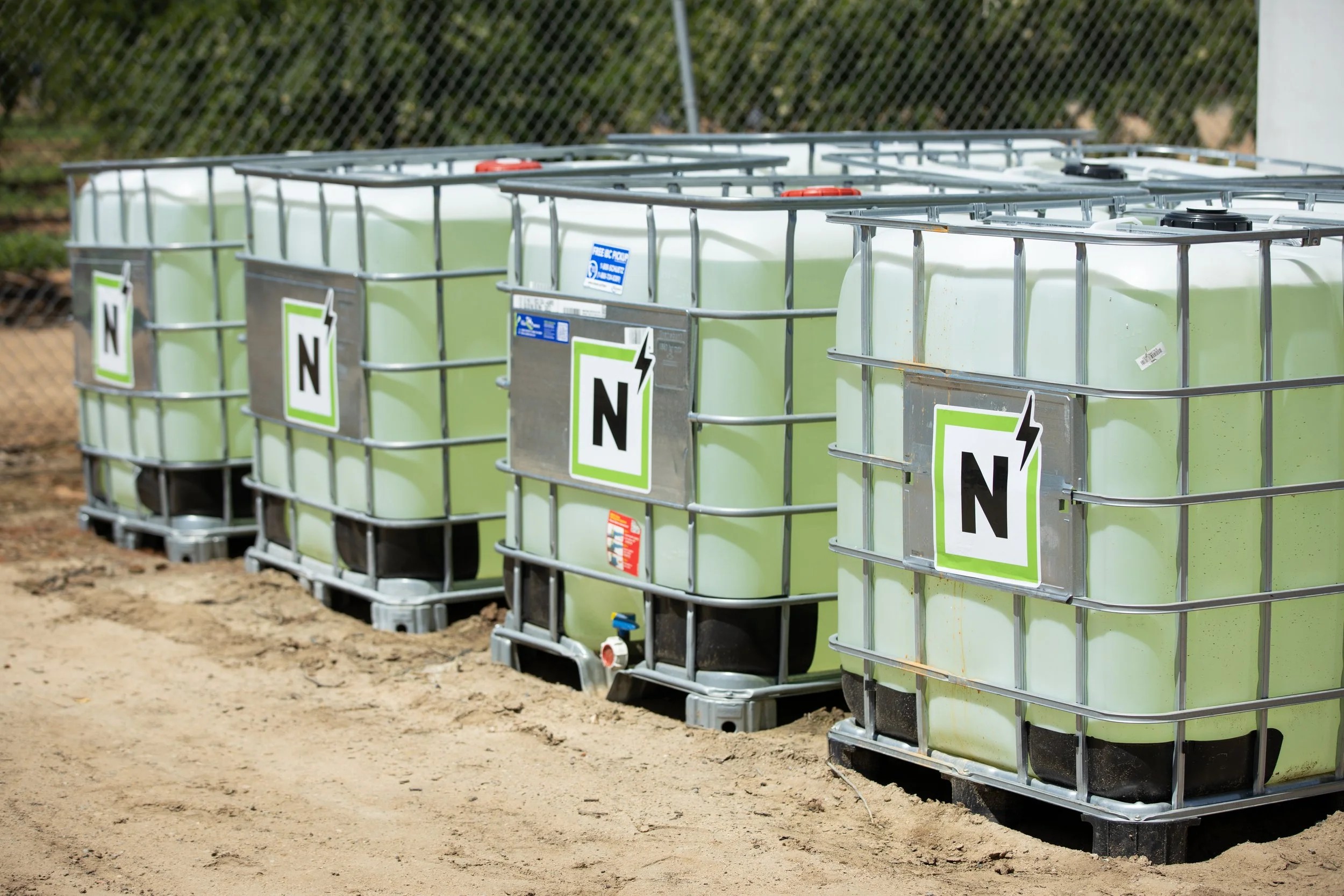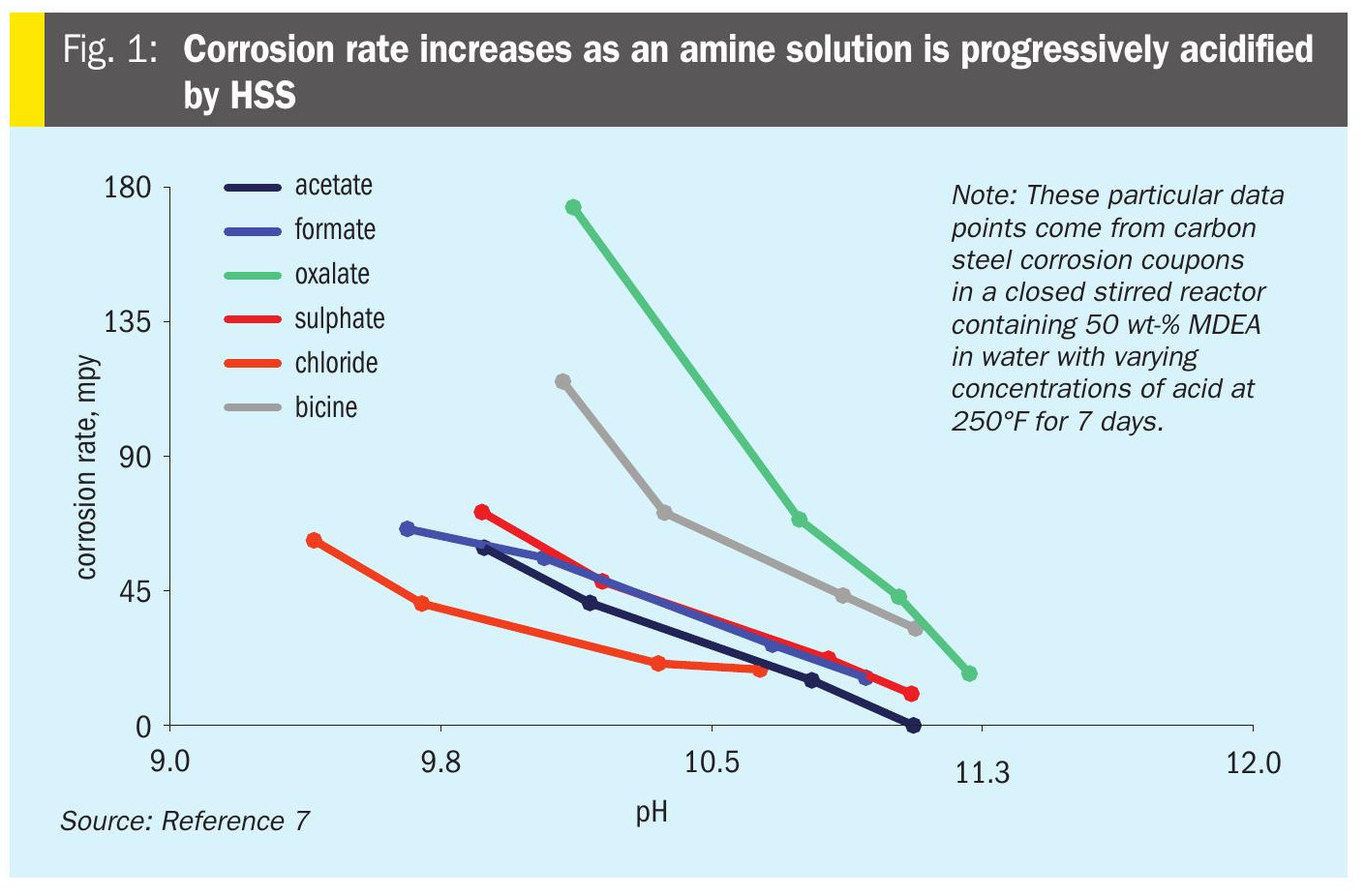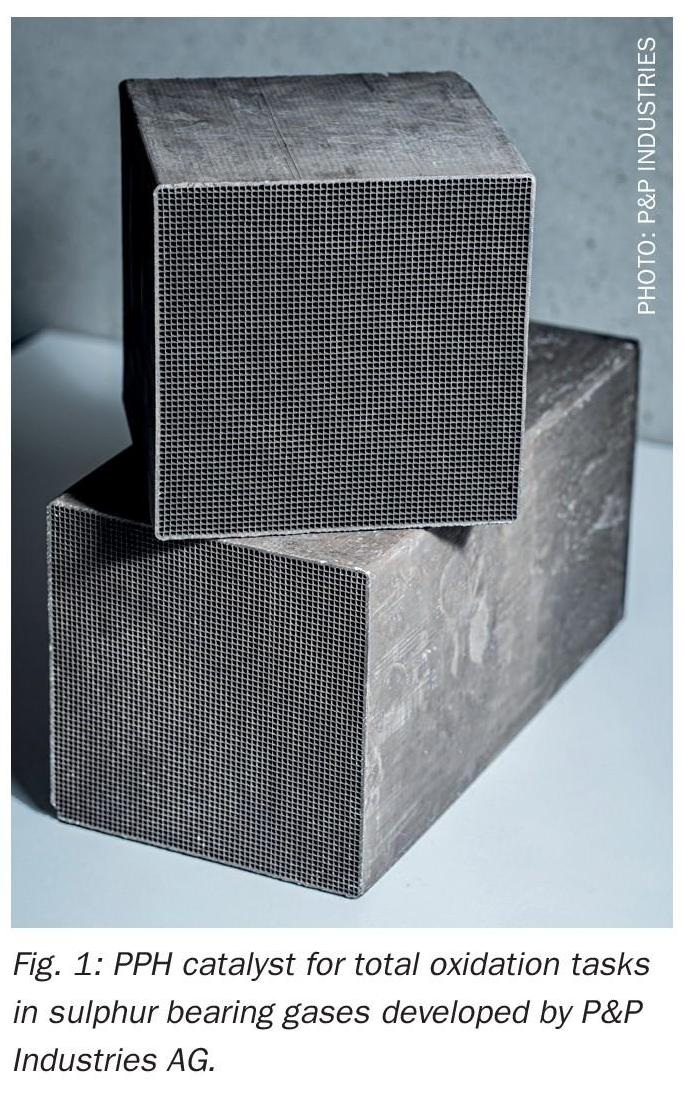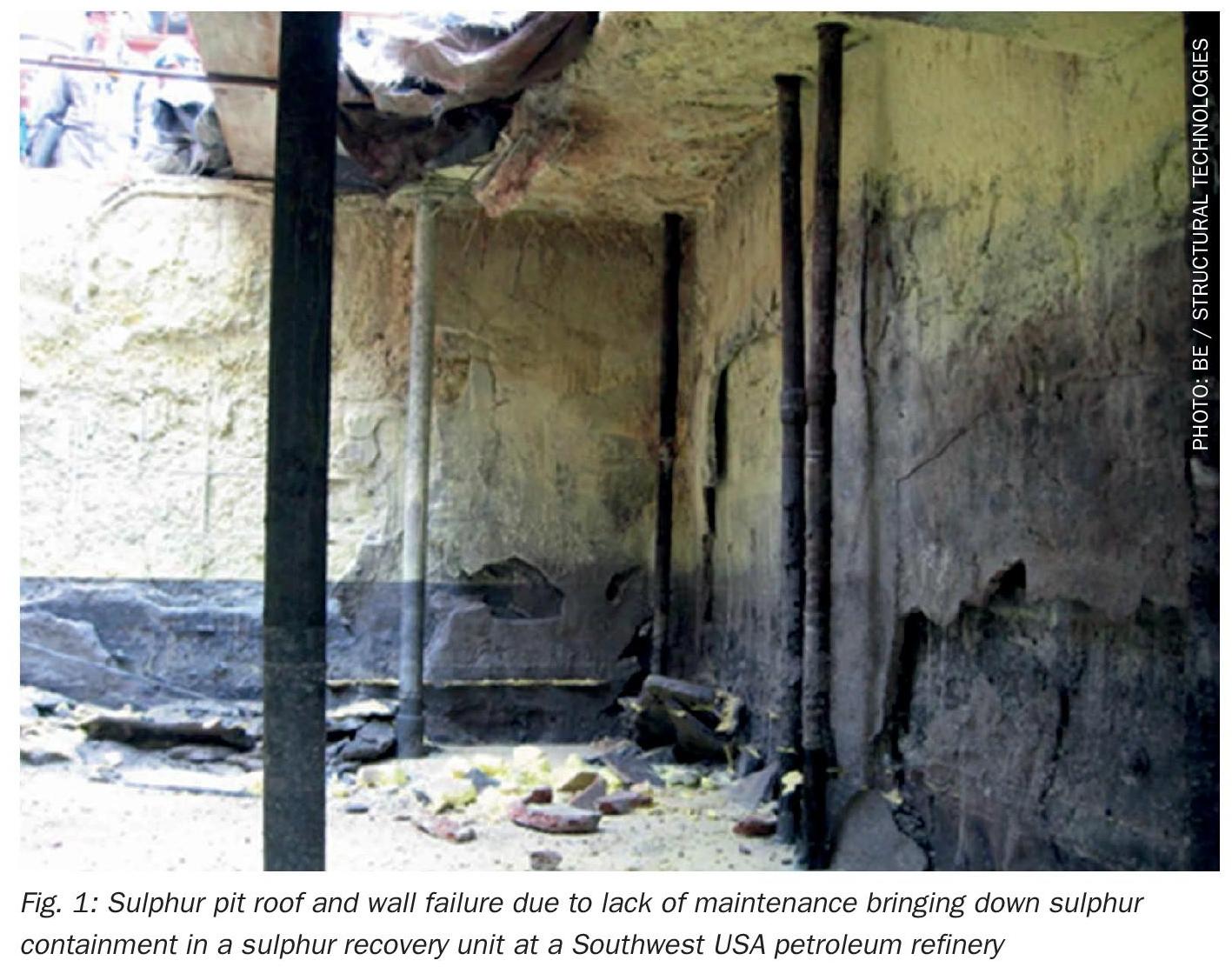Nitrogen+Syngas 307 Sept-Oct 2010

31 October 2010
Problem No. 2: High biuret level at low plant loads
Biuret is formed from urea according to the following overall reaction: 2 urea <=> biuret + ammonia. In fact this reaction proceeds in three steps: When heating a concentrated urea solution in water or a urea melt, urea is present in two forms, a keto and an enol form. The enol form of urea primarily decomposes into NH3 and HNCO (cyanic acid). Cyanic acid reacts with urea to form biuret.
All these reactions are equilibrium reactions. Biuret formation is favoured by higher residence times, higher temperatures and lower ammonia partial pressures. Biuret is considered an impurity in urea when used as a fertilizer as it has been identified as injurious to citrus foliage and to certain germinating seeds, but the level at which biuret is damaging to plants is disputable. The earliest urea plant designs produced urea with up to 5 wt-% biuret. From 1955 to present, many urea plants were designed to produce low-biuret product with not more than 0.3 wt-% biuret by means of a crystallisation section. The lower biuret concentration was found to be safe for these special applications which amount to about two percent of total urea fertilizer consumption.
Modern plant designs are successful in producing urea prills and granules with 0.8 wt-% biuret. These plants can handle 98% of the urea market with simpler and more cost-effective urea finishing designs that produce higher quality products with better storage and handling characteristics.

Mohammed Al-Jeshi of Safco in Saudi Arabia posts an interesting operational question: What is the relationship between plant load and biuret content in the final product? Are there any charts readily available?

B.P. Suresh of Nagarjuna Fertilizer and Chemicals Limited in Kakinada, India replies: Biuret formation depends only on temperature and residence time. There is a relationship between plant load and biuret formation with respect to residence time. In case of increase in load, the residence time will decrease and biuret formation will also decrease.
Mark Brouwer of UreaKnowHow.com in the Netherlands asks for some more specific information: Does anybody have a graph available derived from practical experience: biuret in product versus plant load? Or what is your biuret level at 60% plant load? I would also like to know of any “tricks” to reduce the biuret formation at low plant loads.
Waqqar Ahmed of Fauji Fertilizer Corporation in Pakistan replies with several valuable suggestions: At reduced load, biuret can be controlled by the following measures:
- Keep urea solution levels in holders as low as possible i.e. MP/LP/vacuum section.
- Keep NH3/CO2 ratio slightly on higher side.
- Maintain urea stripper temperature ~ 198-200oC for Snamprogetti technology.
- For plants using prill towers, urea melt delivery line to the prill tower is normally jacketed with low pressure steam, here urea melt gets both residence time and temperature, reduce jacketing steam in this line in case of low load operation.
- If dust solution recovery is ongoing reduce its flow rate.
Mr. Ahmed continues: The maximum allowable limit of biuret in the final product is set at 1.0 wt-% at our plant. In normal operating conditions biuret is maintained at < 0.9 wt-%, however, at low load operation it sometimes exceeds 0.9 wt-% but remains less than the set limit. If the biuret content exceeds the allowable limit, shipment of product is stopped and urea is stored in bulk storage, from where it is recovered again in the form of solution.
Mohammad Rastegaryan of PIDEMCO, Iran asks for some clarification: Is it possible to add on-spec urea in order to reduce the biuret content in urea storage?
Mr. Ahmed replies: Off-spec product due to moisture, biuret, prill shape, fines etc. is diverted in bulk store (separate from on-spec stored urea). A urea solution of ~ 70-80 wt-% concentration is prepared from the off-spec piles to recycle back to the vacuum section.
Rastegaryan suggests another solution to handle off-spec product: You are right. but sometimes you can pour fresh, on-spec urea (directly from the plant) via a tripper over the off-spec product in bulk storage to achieve an acceptable range. In addition, when it is transferred to the bagging system it will be better mixed.
Muhammad Adnan Hanif of Fauji Fertilizer Corporation in Pakistan adds his experiences to the discussion: I agree with you that the off-spec urea may be mixed with on-spec urea in such a proportion that the mixed product remains in the specified limits.
Recycling of off-spec urea by dissolving in water and then repassing it through processing units such as the vacuum and prilling section is not a good solution in term of product quality (as biuret will again increase) and energy utilisation in terms of steam in the vacuum section will also increase.
Mr Al-Jeshi provides background of his initial question. He wants to influence the biuret level in the final urea product as he likes to operate the urea plant at a lower load due to a shutdown of one of the ammonia plants: I understand that biuret can be controlled in a Snamprogetti process by increasing the NH3/CO2 ratio. What modifications can be considered in a Stamicarbon process (CO2 stripping) to control the product quality? We have one ammonia plant S/D and want to utilise all excess CO2 from another ammonia plant to maximise our urea production. Unfortunately, the product quality is expected to be off spec with respect to biuret when our urea plant is operated at 70% load.
Majid Mohammadian of PIDEMCO in Iran replies with several suggestions and a question: As you know in a urea plant biuret formation is caused by two factors: residence time and temperature. So, I have following suggestions:
- Confirm the level measurement in the urea solution tank, evaporators, rectifier, HP stripper, level tank of rectifier outlet and suction of the melt pump and maintain these levels as low as possible.
- Minimum recommended temperature in areas with higher than 50 wt-% urea concentration.
- Higher N/C ratio if possible.
- Higher capacity if possible.
At 70% plant capacity how much is your biuret content?
José Azócar of Fertinitro, Venezuela introduces another problem related to biuret levels: At present, we are experiencing levels of more than 0.9 wt-% biuret content in the final product in one of our units, even when the plant load is 100%; we have tried to reduce this content doing all the recommended procedures (lowing the level of the decomposers holders, lowing the temperature of the high pressure stripper etc.). We have considered taking samples at several points in both units to find out any differences between them. My question is: Is there any other procedure we should consider in order to reduce the biuret content?
Prabhat Srivastava of TATA Chemicals Limited in India shares his valuable experience: Almost all possible causes of formation of biuret have been covered. No matter which urea technology is used, biuret increases with increase of urea concentration, high temperature and residence time. It is clear that temperature has a significant impact on the biuret formation. Other than this, if we run the plant load at low capacity and maintain the same operational parameters which we maintain at high plant load, then the residence time increases because of low flow velocities in comparison to a high plant load. Also, if urea melt (which already has a high biuret concentration) is recycled it will have an impact on the biuret levels in the final product. To avoid this, if plant load is low than optimise the process temperatures in HP/MP and LP and maintain low levels wherever possible. Likewise in the vacuum and pre-vacuum section, where the rate of biuret formation is very high due to concentration, level can be kept low. An optimised rate of recovery can be lined up at low plant load.
Sam Q. Raman of Fertco in India introduces another interesting cause for biuret formation and provides also valuable suggestions to reduce biuret levels at lower plant loads: Check the urea melt pump efficiency: If you have lower efficiency you will have a larger temperature difference between the evaporator and discharge temperature at the prill tower top. You could consider having two parallel melt lines to the prill tower. A reduced size line can be used for low load to increase the velocity. Import urea solution from other plants (if you have second train of urea plant). For a temporary load reduction the best option is still to store it as off spec product and mix it with on spec product in proper proportions.
Mark Brouwer of UreaKnowHow.com in the Netherlands adds: Also, check the temperature of the steam heating the melt lines. The melt temperature at the prilling bucket should be at a minimum to have minimum biuret. Biuret also increases crushing strength! Has anyone experienced a difference in crushing strength between 0.8 wt-% biuret prills and 1 wt-% biuret prills?
| This series of discussions is compiled from a selection of round table topics discussed on the UreaKnowHow.com website. UreaKnowHow.com promotes the exchange of technical information to improve the performance and safety of urea plants. A wide range of round table discussions take place in the field of process design, operations, mechanical issues, maintenance, inspection, safety, environmental concerns, and product quality for urea, ammonia, nitric acid and other fertilizers. |


